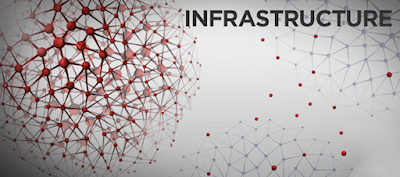Democracy = Infrastructure
- by Aeon and Christopher Jones
Citizen engagement, not technical ingenuity, deserves credit for the widespread historical benefits of US infrastructure. When new systems first appeared, they were frequently celebrated as technical marvels accompanied by parades, ribbon-cuttings, and grand speeches. But they never appeared equitably. Indoor plumbing, gas, and electricity made the lives of the elite more comfortable while leaving the vast majority of Americans behind. Whether it was railroads in the 19th century, transmission wires at the turn of the 20th century, or roads in the 20th century, the pattern was the same. All initially served the already powerful and often allowed them to increase their control over markets and labour. The first deployments of infrastructure have therefore usually benefitted small groups and exacerbated social inequality.
Crucially, people did not simply accept the iniquity. Average Americans organized... demanding that their lives be considered. By pressuring corporations, electing reform-minded representatives, and in some cases building their own networks, citizens enacted changes that transformed infrastructure from the province of the elite to genuinely public systems.






Comments